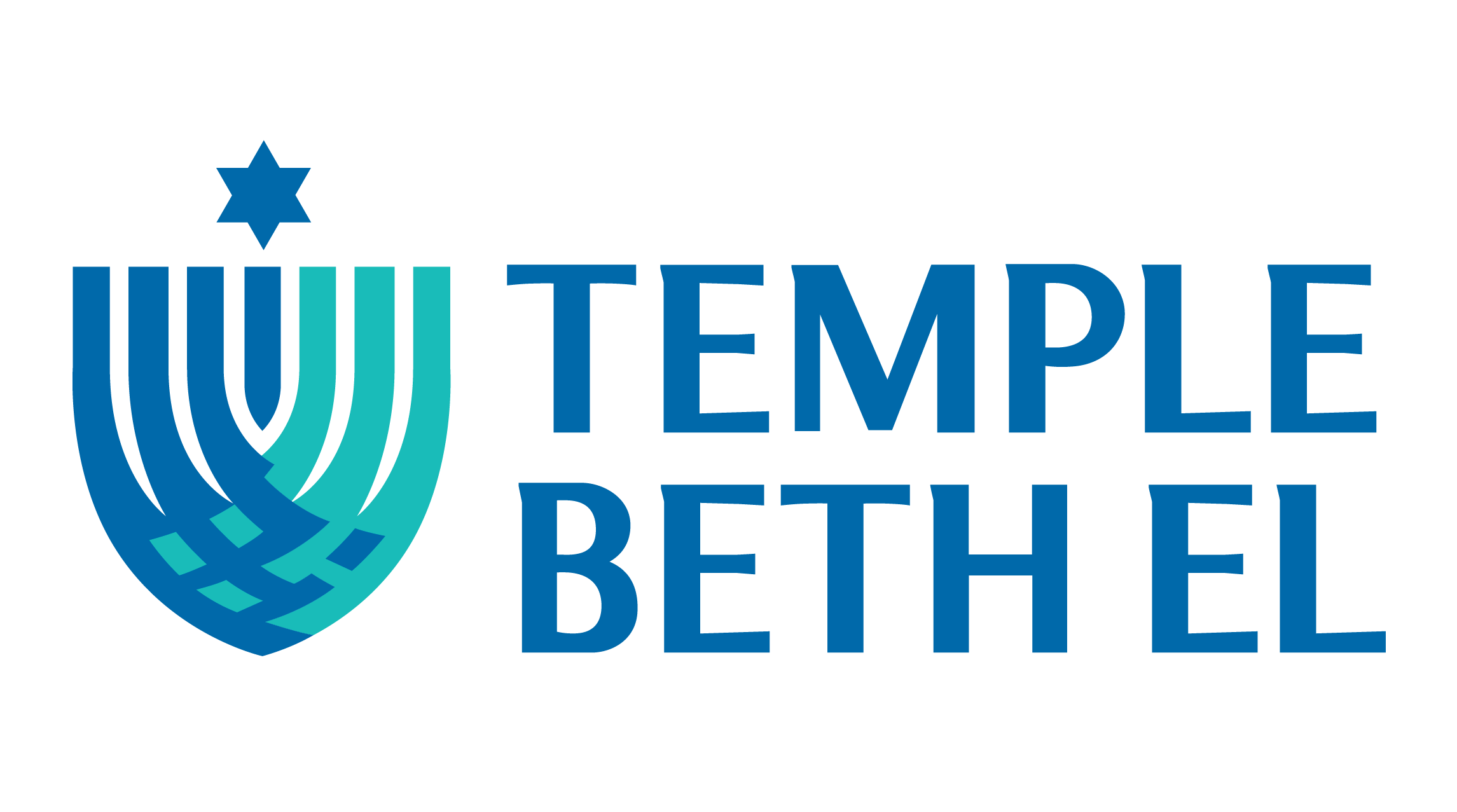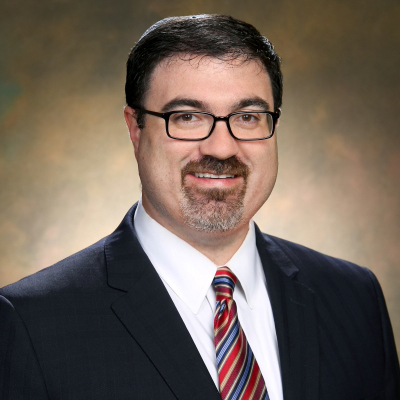I once heard a story about a man who approached a rabbi with an unusual request. He wanted to know if he could use milk instead of wine for his Passover Seder. Intrigued, the rabbi asked if health issues or preferences were at play. In a gentle voice, the man shared that the expense of wine was beyond his means, but he wished to celebrate Passover respectfully. The rabbi’s heart went out to the man and he gave him fifty rubles– far more than the wine would cost. The man was surprised and thanked the rabbi profusely. Years later, the same man, now financially stable, sought out the rabbi again. He wanted to understand why he’d given him such a generous amount.
The rabbi explained that he had noticed the man’s shirtsleeves didn’t reach his wrist. The shirt looked secondhand. And the rabbi remembered that the man’s family had recently grown with the addition of another child.[1]
In that moment, as the rabbi listened to the man’s request, he recognized that he had more pressing concerns than the price of wine or the celebration of Passover.
Empathy and Insight
There is always more than meets the eye, always more to see when we look closely and carefully. When we really pay attention, we are able to unravel layers, grasp what is said and maybe even what is left unsaid. When we pay attention we build bridges between one another, and connect to the spark of Divinity in each person’s soul.
But that kind of attentiveness – deep, attuned listening – can be hard to come by. It requires us to suspend our own natural self-focus, press pause on our internal commentary and the to-do list running constantly in the background, and instead give our presence and attention to receiving what someone else may be offering.
The Power and Potential of Deep Reading and Attentive Presence
This summer, my friend Rabbi Dara Frimmer introduced me to Maryanne Wolf’s groundbreaking book, Reader Come Home.[2] A leading cognitive neuroscientist at UCLA, Wolf makes a compelling case for the revitalization of deep reading in our increasingly digitized world. She describes “deep reading” as understanding text beyond a superficial level; it’s an immersive experience that engages analytical, reflective, and imaginative faculties. As Wolf puts it, “Deep reading is always about connection: connecting what we know to what we read, what we read to what we feel, what we feel to what we think, and how we think to how we live out our lives in a connected world.”[3]
This nuanced approach to reading has far-reaching implications; it fosters not just insightful thinking but also promotes empathy and critical analysis. Advocating for what she calls a ‘bi-literate’ brain, Wolf explores how being adept in both digital and traditional print reading can shape our cognitive abilities and emotional responses. She contends that the all too often digital mediums on which we read are not passive conduits; algorithms and clickbait are designed to keep you scrolling and they shape the way we think and feel, too.
My recent encounter with the executive director of a local non-profit says it all. While a virtual meeting on Zoom or a phone call were feasible options to transmit the information, she deliberately asked for an in-person breakfast meeting. I confess that while I drove to the restaurant to meet her I felt frustrated – I had so much email to respond too. The meeting was disrupting my schedule. Why should I spend time driving across town and parking when I had so much to do! Why had she insisted on meeting in person?
You know what’s coming, right?
The meeting was the highlight of my day. It exceeded my expectations. We connected and had a chance to enjoy a delicious breakfast together. Our conversation was like reading a great book, but with real-time expressions and reactions to guide the story. I walked away with a newfound grasp of her viewpoint, one I would never have gotten over email or a call. By the time I sank into my car to drive back to Temple, I was buzzing with the raw excitement about the things we could accomplish together. It became crystal clear: sometimes you have to immerse yourself in an experience, whether it’s in reading a book or an in-person breakfast, to tap into something truly meaningful.
Similarly, in Jewish tradition, the PaRDes method of understanding a text guides learners into a far deeper, layered, and more immersive understanding of the text. In this structured approach readers attend to four distinct interpretive layers: P’shat (literal), Remez (allegorical), Derash (interpretive), and Sod (mystical). This method encourages us not only to engage deeply with the text but also to link it to broader intellectual and spiritual contexts. The aim is to go beyond mere surface interpretation, giving us an enriching experience that enhances personal insights.
I recall an instance during Torah study when I watched a group of learners sit around the tables in the boardroom and join online. They were engrossed in the texts, their faces animated with curiosity. Two participants leaned in towards each other, their hands waving, gesturing with enthusiasm. A participant online responded with a poignant remark. The energy was palpable. It was the power of deep reading that made the group connect with each other and our tradition.
On another occasion, I witnessed a moment of profound empathy during a parent learning session led by Rabbi Nichols. A parent shared that their own parent was dying and the ways in which it was affecting her and her family. We listened carefully to her words. One by one, other parents offered words of comfort and support. And I was in awe of how people intuited what the struggling parent needed, much like the rabbi who gave his congregant much more than he needed.
These are the kinds of moments that affirm the transformative potential of our community. We are vibrant and dynamic because we are shaped by the moments in which we truly see and hear one another and are seen and heard by others in return. Each of us has the ability to mindfully listen to each other, to show up for each other, to practice caring, and to give the gift of our presence.
Sh’miat HaOzen – The Essence of Attentive Listening
Earlier in our service, we sang the Sh’ma – a sacred melody that often stirs something profound within us. Veiled in the Sh’ma’s depths, lies a lesser-known gem of Jewish wisdom: Sh’miat HaOzen. “Sh’miat” is derived from the very root of the “Sh’ma” – to listen. “Ozen” translates as “ear.” “Sh’miat HaOzen” is the embodiment of the “listening ear,” a phrase that captures the essence of attentive listening.
Shmiat HaOzen – emphasizes the importance of fully engaging with both spoken and written words, capturing the spirit of deep reading and meaningful interpersonal interaction. This concept encourages us to go beyond mere surface understanding and urges us to connect emotionally, intellectually, and even spiritually with what—and who—is in front of us.
Shmiat HaOzen isn’t about passive absorption; it’s an active, involved form of listening. Whether applied to the study of ancient texts or to modern-day conversations, it elevates the quality of our engagement, transforming mundane interactions into opportunities for genuine connection and insight.
Sh’miat HaOzen implores us to listen with the depth of the rabbi in the parable – to perceive beyond mere words, to seek the unspoken whispers, and ponder, “What dreams or fears lie beneath their words? Could there be more than what I see or hear?”
Sh’ma: In this age, genuine listening emerges as a cherished offering.
Shmiat HaOzen: Attentive listening, like deep reading, provides an opportunity to learn and to grow.
Sh’ma: Listening tells someone: “Your voice carries weight, and you are truly seen.”
Sh’ma Beth El: Shaping Our Temple and Our Future.
As a congregation, we are preparing for our future. The goal is to unite us through active listening and mutual learning and to create a vision for our community that emerges from these conversations. We’re starting this journey with the core principle of our faith: Sh’ma, Listen. Sh’ma Beth El. This is our Temple and our future.
To help us plan for the future, we’re organizing conversations that facilitate learning and listening to people in our community.
You are investors in our community. You own this place. And your experiences, perspectives, and aspirations will become woven into the very fabric of our community vision, ensuring that our synagogue is not just a ‘provider of services’ but a tapestry of lived experiences and shared visions. We are not looking to be an institution that merely ‘does for’ but rather one that ‘builds with.’ It’s a subtle but critical difference, one that recognizes the value of mutual responsibility and the shared ownership of our collective journey. This is a chance for every voice to be heard and we need you to participate.
I invite you to join the conversations on Yom Kippur, right after the service at 2:00 PM, in the Blumenthal Sanctuary. We’ll transition into smaller groups where everyone can reflect on their experiences and share their aspirations for our community.
Guided by trained facilitators and Temple leaders, your input will influence the direction of our Strategic Planning Committee. Throughout the Fall, we’re hosting additional discussions both within our Temple and in the broader community. Online options will also be available for those who can’t attend in-person.
For more details and registration, please scan the QR code in our lobby after services and look in your weekly email. We value your participation in this important endeavor and aim to include everyone in shaping our future. Later in the year, we’ll share the insights gathered. By spring, we’ll present our findings, pinpointing shared passions and patterns. Together, we’ll map out our congregation’s path forward.
The Gift of Listening
In a local café, I found myself in a conversation with a person who had asked to meet with me.
She began to share her aspirations, dreams she had once held close but felt had slipped away in the wake of a life-altering experience. Although the Jewish community had always held immense importance for her, she admitted to feeling disconnected, as if life’s relentless demands had pushed her away from her dreams. These dreams weren’t just abstract wishes; they were specific hopes of teaching her children the joy of Shabbat, the value of intention, the beauty of Jewish music, and the experience of living in a Jewish community with others. She valued what she was missing.
In that quiet moment, as we sat together, I became the witness to her deeply personal journey—one marked by self-discovery and the desire to choose a new direction.
Sometimes the greatest gift one can offer is the gift of deep listening, of our presence, of truly seeing the reality in the lives of those who sit across from us. This art of attentiveness isn’t reserved for rabbis or cantors; it’s a skill we can all hold, an endeavor and value that binds us to one another – to our partners, our children, our friends and our community.
As we stand on the cusp of a new year, may the legacy of profound listening nurture our relationships and guide us steadfastly through the ever-shifting currents and distractions of our world. Just as the Sh’ma beckons us to unlock the inner sanctuary of our hearts, Sh’miat HaOzen urges us to transcend mere surface interactions and attune ourselves to the symphony of spoken and unspoken emotions. Deep listening, just like deep reading, helps us to elevate our empathy and to recognize the possibility of an abundance around us now and the richness of the future that we will shape together.
Shana Tovah[4]
[1] I adapted this story from a story originally told by Beis HaLevi, Rabbi Yoshe Ber Soloveitchik (1820-1892) detailed in The Soloveitchik Heritage: A Daughter’s Memoir. I changed the story due to the portrayal of how Rabb Yoshe Ber treated his wife.
[2] Thank you to my writing partner and friend, Rabbi Dara Frimmer for introducing me to Maryanne Wolf’s phenomenal book.
[3] Reader, Come Home: The Reading Brain in a Digital World.
[4] Many thanks to my writing and editing partners and support team, Rabbi Dara Frimmer, Michelle Lowe, Rabbi Ana Bonnheim, and Julia Bonnheim.




